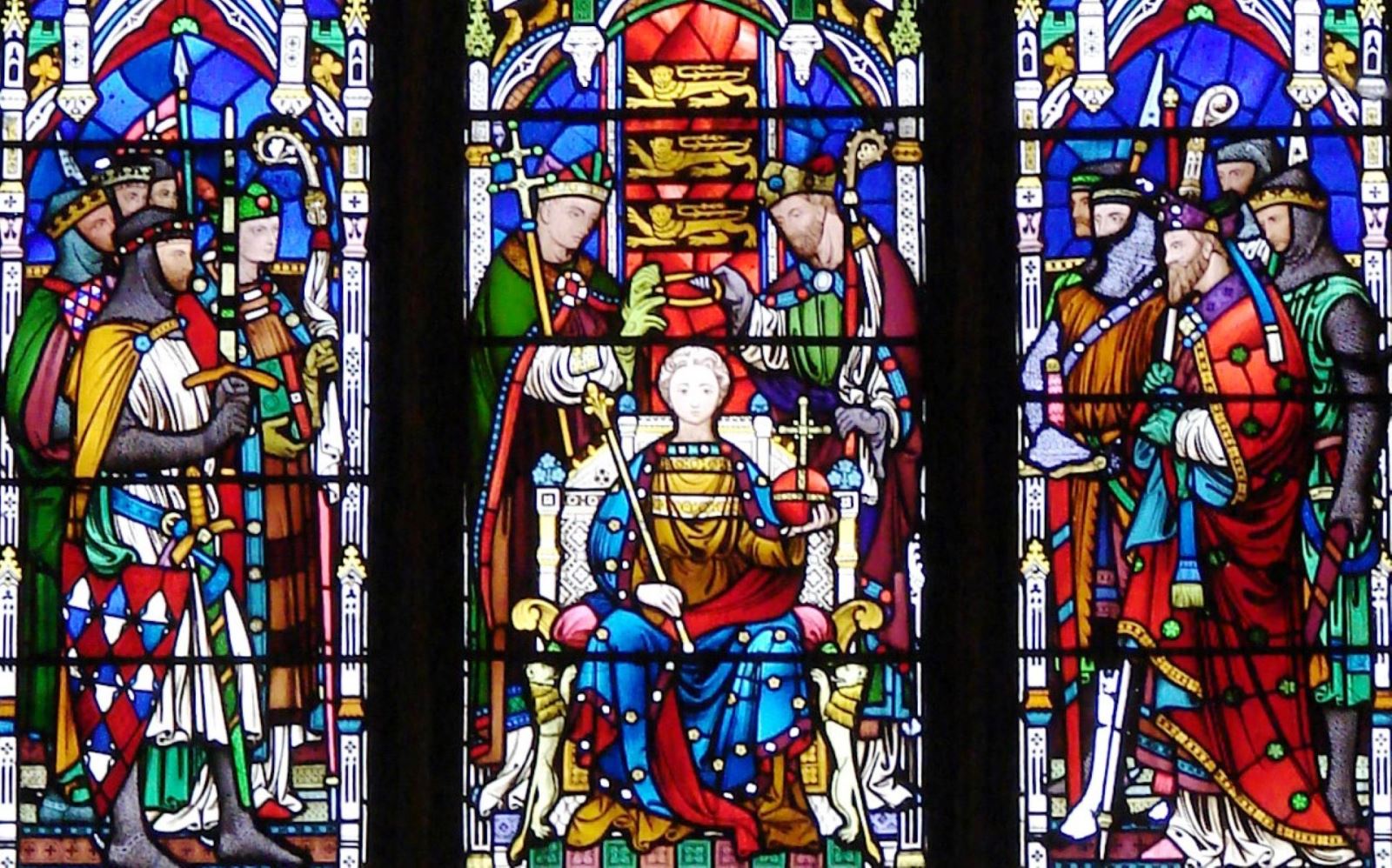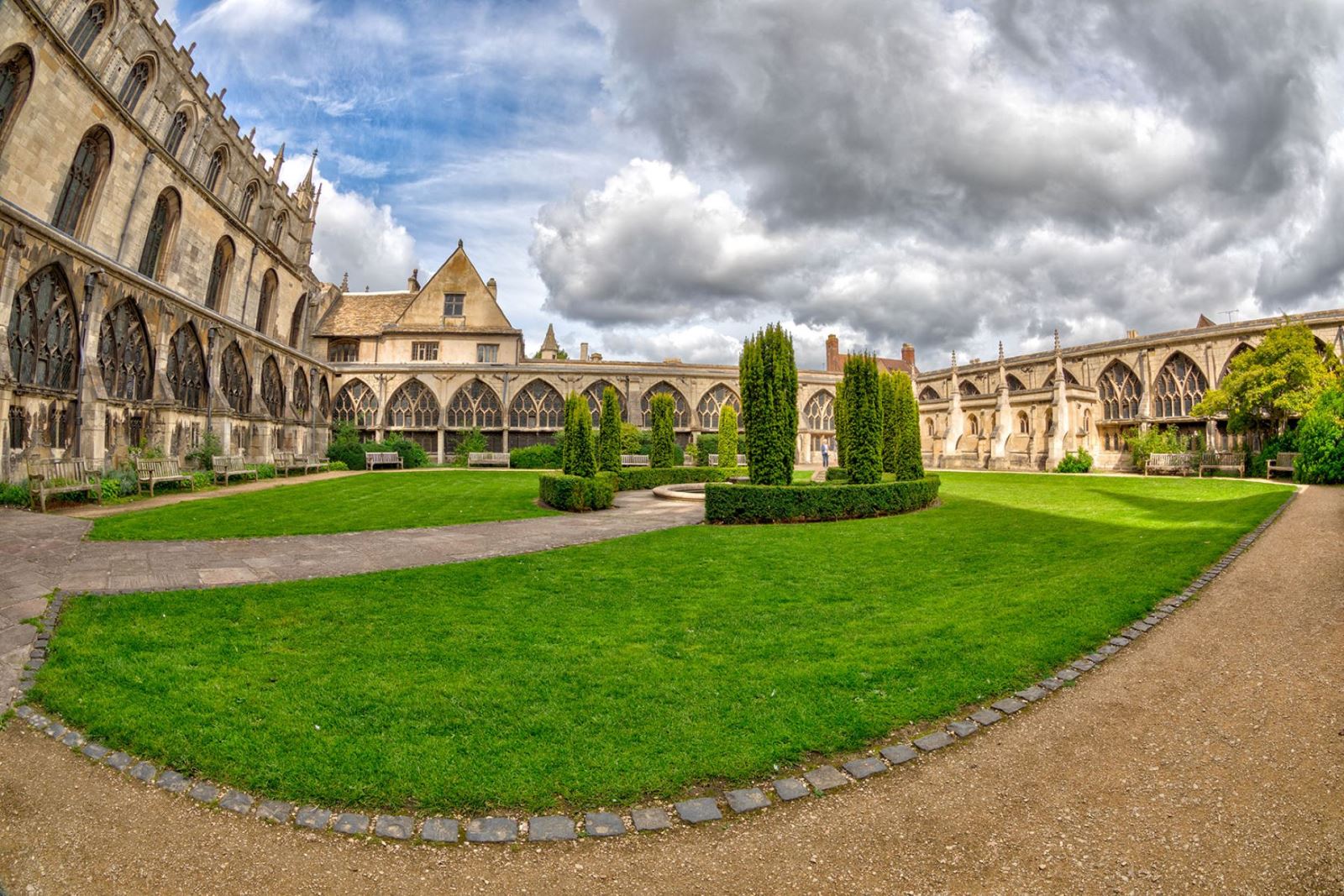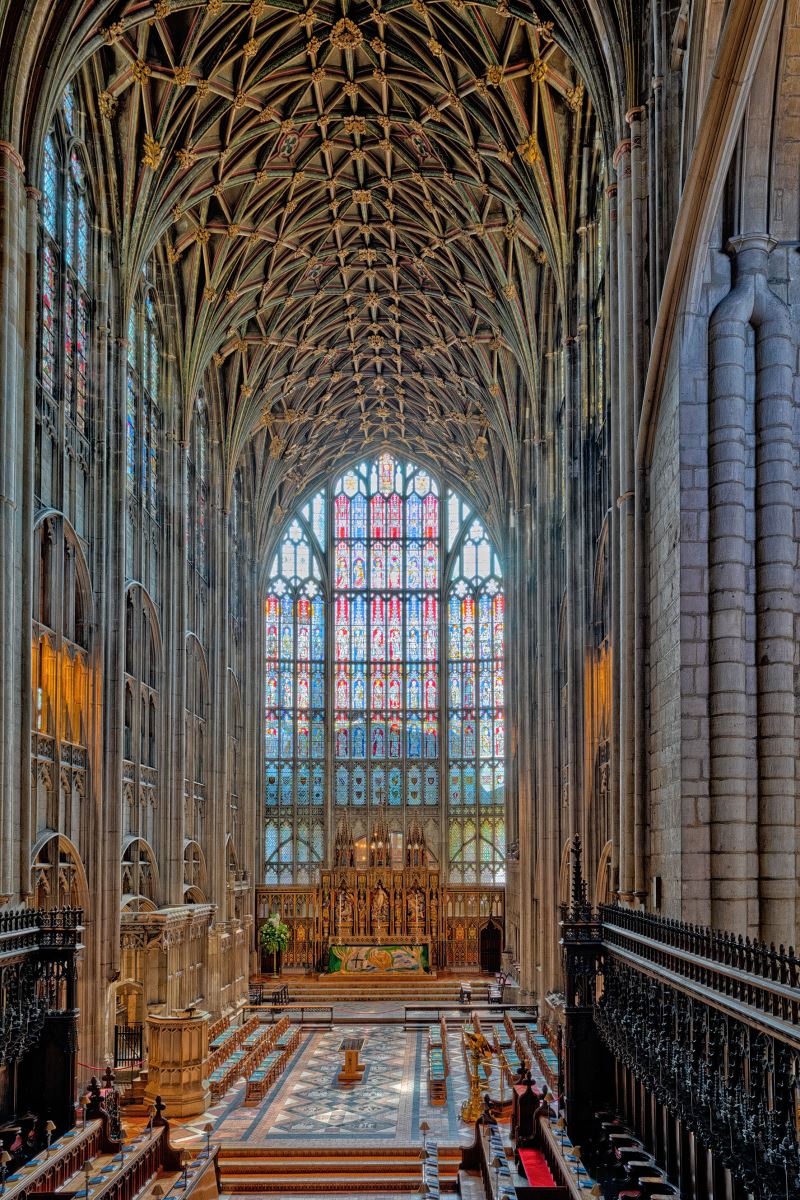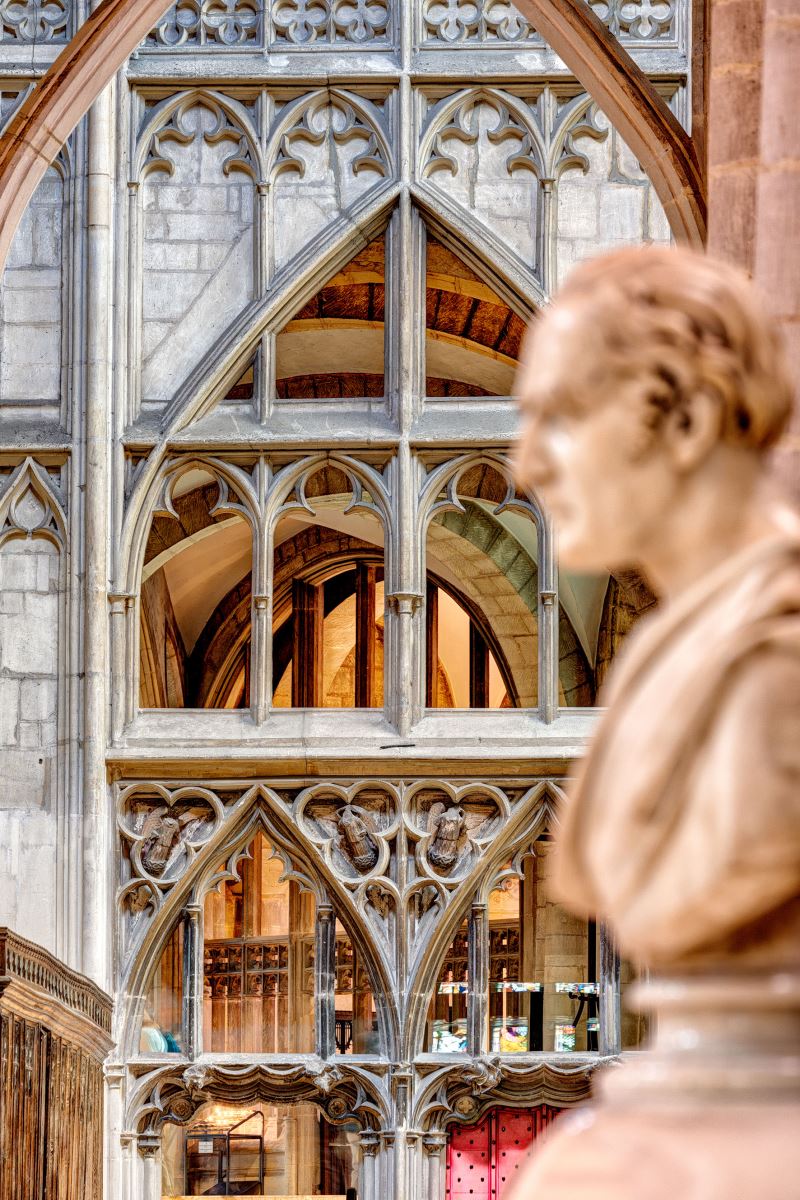Gloucester Cathedral

Photo credit - Warner Bros.
Gloucester Cathedral means lots of different things to lots of different people: for some, it’s a place for daily worship, prayer and reflection. For others it’s a world-class music and arts venue, a place to learn about 1000 years of history, a place to bring all the family, or a place to meet friends for a coffee. For many people, it’s all the above and so much more. No matter what brings you here, there’s always something new to discover.

The Cathedral is renowned for being the final resting place of King Edward II, who was allegedly murdered at Berkeley Castle in 1327. The king’s highly ornate tomb, which can be seen in the North Ambulatory, is the only monarch’s tomb in the South West and one of only a few outside of London. However, that’s not the only royal link – the so-called ‘boy king’, King Henry III, was coronated here in 1216 at the age of just nine, during which point the Cathedral existed as the Abbey of St Peter. He was the last English monarch to be crowned outside of Westminster, and when you visit the Cathedral today, you can see a beautiful stained-glass window depicting his coronation on the South Aisle of the Nave. More recently, the famous Coronation Chair from Westminster Abbey was evacuated to Gloucester Cathedral during the Second World War and hidden down in our Crypt to keep it safe. The chair returned to its historic home, but when social-distancing measures allow, you can go on tours down into the Crypt and imagine it being safely stowed away here…
.jpg)
The Cloisters - Photo Credit - Kev Lewis
The Cloisters are another much-loved sight with visitors, widely recognisable thanks to their starring role as the corridors of ‘Hogwarts’ in some of the Harry Potter films. Their original purpose was to provide a space for the monks to live, work and meditate, and the spectacular fan-vaulting is believed to be the earliest example in England. This helps the Cathedral to earn its reputation as ‘the birthplace of Perpendicular architecture’, a style of architecture which is characterised by soaring straight lines, awe-inspiring angles, vaulting and arches. The South Transept of the Cathedral is the earliest surviving example of English Perpendicular architecture, which can also be seen clearly in the Quire and Presbytery. When you visit, make sure you pause to look up at the walls and ceilings and you’ll get a sense of the architectural marvels that surround you. In the Quire, there’s a mirror which you can use to get a better look at the roof! This is a great activity for families to do together.

Cloister Garth - Photo Credit - Kev Lewis
As much as it’s a place for uncovering fascinating history and stunning architecture, Gloucester Cathedral has plenty of peaceful spots where you can simply stop to watch the world go-by. Perhaps you might want to come and sit in the Cloister Garth with a book, children can run around and play games on Cathedral Green, or you might light a candle and take a moment to reflect. It’s an oasis in the heart of a busy city, and all are welcome to step inside.
This summer, we’re inviting families to take part in our free Summer Challenge Trail which will help you to explore the Cathedral, with stickers and a gold medal for those who complete nine of the activities listed. Find out more here.
 |
 |
(1).jpg) |
The Quire South Transept Tomb of Edward II
Photo credits for The Quire and South Transept - Kevin Lewis
Related
Comments
Comments are disabled for this post.




 to add an item to your Itinerary basket.
to add an item to your Itinerary basket.

